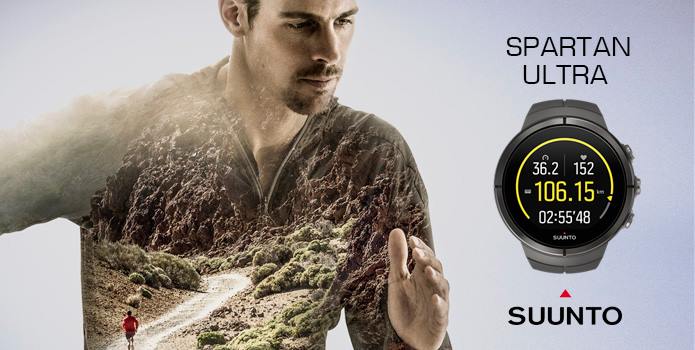
The Suunto Spartan Ultra – one of the most eagerly anticipated GPS watches of all time. Much has been promised and lots is expected. The question is – will this gadget live up to all the hype and is it worth the lofty price tag?
Last month Suunto asked me to trial their flagship product and I was more than happy to oblige. As I’ve only been using the watch for the last 4 weeks, this won’t be an exhaustive review. However, it should provide you with enough information about the Spartan Ultra should you be interested in an upgrade or looking to invest in your first GPS device.
When the watch arrived in the post I was most impressed with the lovely personal touch on the packaging – Suunto had obviously done their homework. I currently own a Suunto Ambit 3 Vertical blue (purchased in May 2016). Previous to this I had a Ambit 2R in black. The difference between these two models is vast so I was interested to see how much better the Ultra is compared to the Ambit 3. I use my watch primarily for running – road, trail, fell and mountain. I use the data in Movescount but I also upload all my activities to Strava as I like to engage with a wider audience and compare my efforts against those of others. Aside from basic use, the main feature I use is navigation, so much of this blog will focus on the accuracy and reliability of the GPS tracker and the ease of uploading and following routes (GPX files).
Ultimately I want to know if the Spartan Ultra is worth the extra money (RRP £599 compared to RRP £325) and how much better it is (if at all) than the popular Ambit 3.
Pictured above: (L) The Suunto Spartan Ultra and (R) The Suunto Ambit 3 Vertical Blue
Suunto’s comparison of both watches can be found here
1. FIRST IMPRESSIONS
I love my bright blue Ambit 3 Vertical but the all black Spartan Ultra is seriously nice. It’s lighter than I expected and the silicone wrist strap, like the Ambit 3, is soft, strong and very durable (this was already an improvement from the Ambit 2). The obvious difference between the two devices is the higher resolution, colour touch screen of the Spartan – a HUGE advancement in technology. The watch face is bigger than the Ambit and it’s much clearer to read and navigate through the menu. I was worried that the touch screen technology might not work that well in the outdoors, especially wet weather. However, I was surprised at how well it still operated with moisture on the screen (although when completely immersed in water you simply have to rely on the buttons to navigate the menu). The screen is also made from sapphire crystal which means it won’t scratch like the Ambit and I don’t have to worry about buying a screen protector. The bezel is made from titanium rather than steel, a more durable and superior material. Another big improvement on previous generations is the magnetic charger.
2. KEY FEATURES
Connectivity: Both watches use a bluetooth connection and I use the Suunto moves app to download my routes. I know some people would prefer a Wifi connection (like the Fenix 3) but I’ve experienced no problems with bluetooth and my runs are always downloaded and synced to Strava within minutes of finishing exercise.
GPS: The key thing for me is the quality of the GPS. The Spartan is quicker at receiving a signal (instant). Both watches have accurate GPS during exercise and I use the fastest recording rate on both which obviously impacts on the battery life. However, given that I never usually train/race above 3 hours, this is never an issue. The battery life of the Spartan is just slightly better than the Ambit – 15 hours rather than 14 in time mode.
Interface: Suunto have completely re-designed the user interface from the Ambit. The good news is it didn’t take me long to navigate the menu and it’s really clear and easy to use. There is also the ability to customise the watch face. A small improvement but one I really like.
Logbook: The Spartan Ultra gives a more complete summary of your training status on the watch. The colour screen enables much richer displays in general and more data on screen. All essential training concepts including pace, splits, rest and recovery are more clearly presented than on the Ambit.
Step and calorie count: This is a new feature on the Spartan and I have to say it’s VERY addictive. It gives you a preset target of completing 10,000 steps every day, although unfortunately this target cannot be changed manually. I’m not afraid to admit that I find myself regularly checking it throughout the day – eager to find out how many steps I’ve done. Prior to using the Spartan I was genuinely considering purchasing an activity tracker, so for me this is a key feature. There is also a calorie count, but the only thing this does is encourage me to eat more!
 Pictured above: The step count in action. The daily target of 10,000 steps is the blue line, which you can see has been achieved in this photo.
Pictured above: The step count in action. The daily target of 10,000 steps is the blue line, which you can see has been achieved in this photo.
HR monitor: Both watches use the same chest strap, with monitor, to record heart rate. There isn’t an integrated optical heart rate monitor built into the watch, as I’m sure many people were expecting. To be honest it’s not something I’m too disappointed with. The HR strap was improved after the Ambit 2 – it’s comfortable to wear and gives an accurate recording during exercise.
Additional features: Suunto have promised many upgrades to the Spartan Ultra. ‘Coming soon’ seems to be the message, so expect some new features and software updates in the near future. See the specification for more details. I should also mention that I’ve not experienced the software problems that many other Spartan owners seem to have had. Perhaps it’s because I only use mine for mountain, trail and basic running – many of the negative reviews I’ve read are from athletes using it for other sports like swimming.
3. NAVIGATION
Navigation is another key feature for me so a ‘proper fell run’ was needed for a true test. I chose the new Castle Carr inaugural race route. Prior to this test I’d never done the race, I’d no idea of the route and without a map or guidance from a watch I would inevitably get lost. Thankfully the navigation feature, on both the Ambit 3 and Spartan Ultra, allows you to download or create a route and then follow it on the screen whilst running…
 Pictured above: (Old vs new) Gav Nav vs the Spartan Ultra on the Castle Carr race route
Pictured above: (Old vs new) Gav Nav vs the Spartan Ultra on the Castle Carr race route
I needed this feature to be simple. I don’t do instructions, I’ve better things to do with my time than read through a booklet when I can just fiddle around, press a few buttons and hopefully get a gizmo to work. I wanted to see how easy it was to upload a route to my watch and just follow it. So I found the Castle Carr race route on (Race organiser) Bill Johnson’s previous Strava activities. I downloaded the GPS file to my computer, uploaded it to Suunto Moves and then synced my watch (i.e. plugged it in to my computer). 1st job done in about 1 minute! No instructions, no messing, easy to work out – route now saved and ready to use. This process is the same on both devices.
 Pictured above: Using the navigation feature on the Spartan Ultra. The blue line is the route I’m following and the white ‘bread crumb’ line is the actual line I’ve taken.
Pictured above: Using the navigation feature on the Spartan Ultra. The blue line is the route I’m following and the white ‘bread crumb’ line is the actual line I’ve taken.
 Pictured above: Using the navigation feature on the Ambit 3 Vertical. I’ve used this during races and in training and it’s a good visual aid. However, the screen is smaller and harder to use when navigating at pace.
Pictured above: Using the navigation feature on the Ambit 3 Vertical. I’ve used this during races and in training and it’s a good visual aid. However, the screen is smaller and harder to use when navigating at pace.
I opened the route on my watch screen and use the navigation feature so I could find my way. A few menu choices and button presses later and, as if by Harry Potter magic, I had the route up on my display. The display is also bigger than my Ambit 3, and because it’s also touch screen and in colour, then it’s clearer to see. It shows a white trail, where you’ve been and where you are, compared to the blue line which is where you should be going.
Although both watches have the navigation feature, the ease of use and clarity of the large colour screen (when navigating at pace) is far better on the Spartan Ultra than the Ambit 3.
Video above: Once a route has been saved, uploaded to Suuntomoves and synced to the watch, it’s really easy to open and use the navigation function.
4. SUGGESTED IMPROVEMENTS
- Personally I really like the information that the Ambit 3 vertical provides about ascent gained. As a mountain runner I like to know how much climbing I’ve done during the week. Unfortunately the Spartan Ultra doesn’t display this information on the watch.
- The ability to customise screens for the chosen activity.
- The step count resets every day and it’s not possible to view your weekly total. (n.b. this feature has now been included since this blog was published – Dec. 2016)
5. THE VERDICT
Based on my comparison it’s clear to see that the Spartan Ultra is a better watch than the Ambit 3 – but so it should be for the price. How much better depends on what you need it for, how you use it and how often you use it. The Ambit 3 Vertical is a fantastic watch. If you already own one and it ticks all the boxes for you, then I wouldn’t say you have to rush to get an upgrade just yet. Also if you are new to exercise and are just looking to purchase a watch that tracks your GPS during exercise, then there are much cheaper alternatives serving that sole purpose.
The Spartan Ultra is a watch for the serious athlete. It’s also a gadget that would appeal to tech geeks and those who spend hours poring over training data. It looks good and feels good – far more robust than its predecessors. I love my Ambit 3 but admittedly I’d find it very hard to go back to using it now I’ve experienced the Spartan Ultra. In my opinion it’s a watch that could potentially be the difference between winning or losing a race, when precious seconds count. For me, navigation in races is vital. I would genuinely purchase the Spartan just because of the improvements of the navigation feature and the large, colour touch screen. I think it’s worth spending a bit more money to have some extra confidence in a race. That said I don’t think it should ever be solely relied upon for navigation – I use it as a back up for confidence or when I’m really really lost on the hills. Which to be honest is almost every fell race that I do!
So there you have it – my simple review of the Suunto Spartan Ultra. If you can afford one and it meets your requirements, then this could well be the watch you’ve been waiting for. Plus it looks damn good on your wrist!















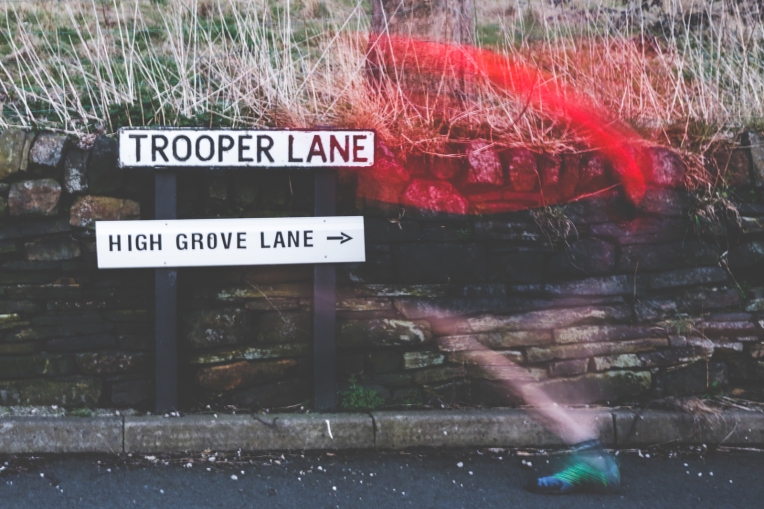









 Pictured above: A pre-race photo with Rob Jebb (L) and Tom Adams (R) (
Pictured above: A pre-race photo with Rob Jebb (L) and Tom Adams (R) ( Pictured above: The start of the race (
Pictured above: The start of the race ( Pictured above: The climb to the summit of Moel Eilio with Chris Farrell (Greater Manchester) just in front (
Pictured above: The climb to the summit of Moel Eilio with Chris Farrell (Greater Manchester) just in front ( Pictured above: The final sprint along the track – victory in sight! (
Pictured above: The final sprint along the track – victory in sight! (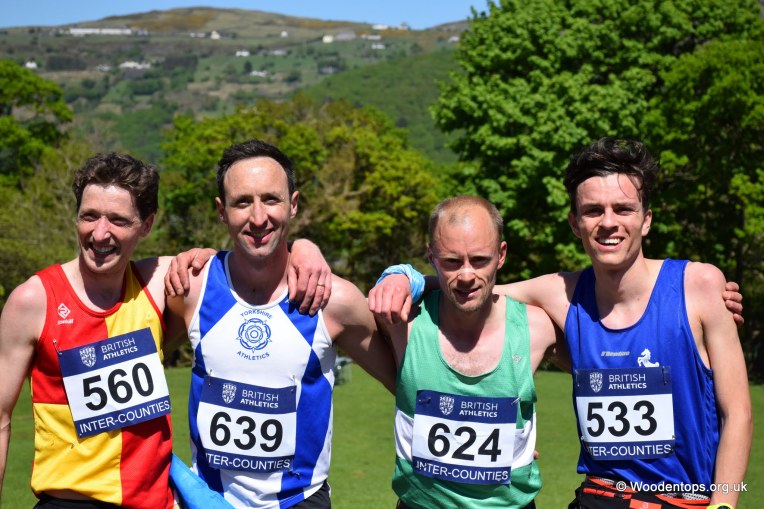 Pictured above: The first 4 men (L to R) Chris Smith, myself, Simon Bailey and Max Nicholls (
Pictured above: The first 4 men (L to R) Chris Smith, myself, Simon Bailey and Max Nicholls ( Pictured above: UK Inter-County Fell Running Champions 2016! (
Pictured above: UK Inter-County Fell Running Champions 2016! ( Pictured above: UK Inter-County Fell Running Team Champions 2016! From L to R: Rob Jebb, Tom Adams, myself, Jack Wood and Tom Saville (
Pictured above: UK Inter-County Fell Running Team Champions 2016! From L to R: Rob Jebb, Tom Adams, myself, Jack Wood and Tom Saville ( Pictured above: UK Inter-County Fell Running Team Silver Medallists 2016! From L to R: Georgia Malir, Holly Page, Katie Walshaw, Sharon Taylor and Claire Green (
Pictured above: UK Inter-County Fell Running Team Silver Medallists 2016! From L to R: Georgia Malir, Holly Page, Katie Walshaw, Sharon Taylor and Claire Green ( Pictured above: Rob Jebb showing me how to drink like a Yorkshireman (
Pictured above: Rob Jebb showing me how to drink like a Yorkshireman (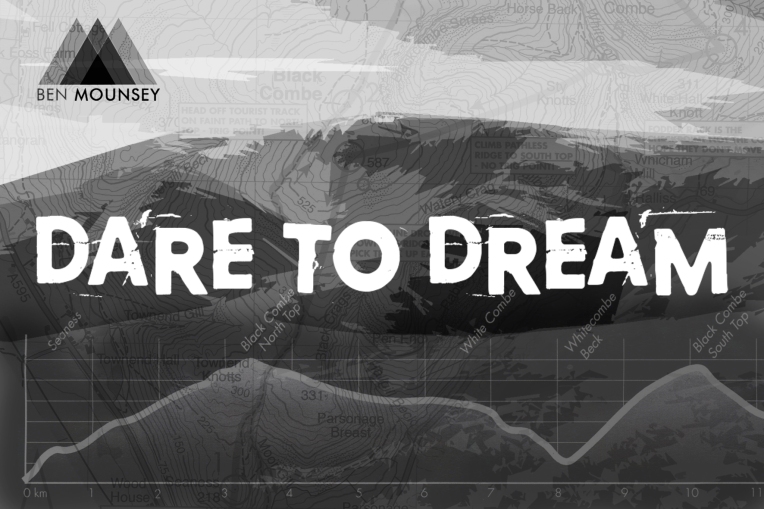
 Pictured above: The advert for the
Pictured above: The advert for the 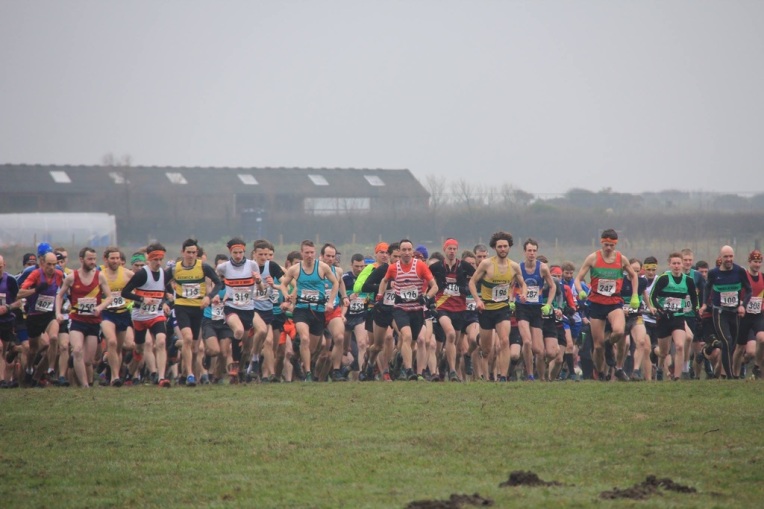 Pictured above: The start of the Black Combe Fell Race 2016 (Photo credit to
Pictured above: The start of the Black Combe Fell Race 2016 (Photo credit to  Pictured above: The start of Black Combe Race 2016 from behind (Photo credit to Rupert Bonington)
Pictured above: The start of Black Combe Race 2016 from behind (Photo credit to Rupert Bonington)
 Pictured above: The first steep climb to the summit of Sea Ness (Photo credit to Alex Hinchcliffe)
Pictured above: The first steep climb to the summit of Sea Ness (Photo credit to Alex Hinchcliffe)

 Pictured above: Tired, cold and wet…but VERY VERY happy at the finish (Photo credit to
Pictured above: Tired, cold and wet…but VERY VERY happy at the finish (Photo credit to 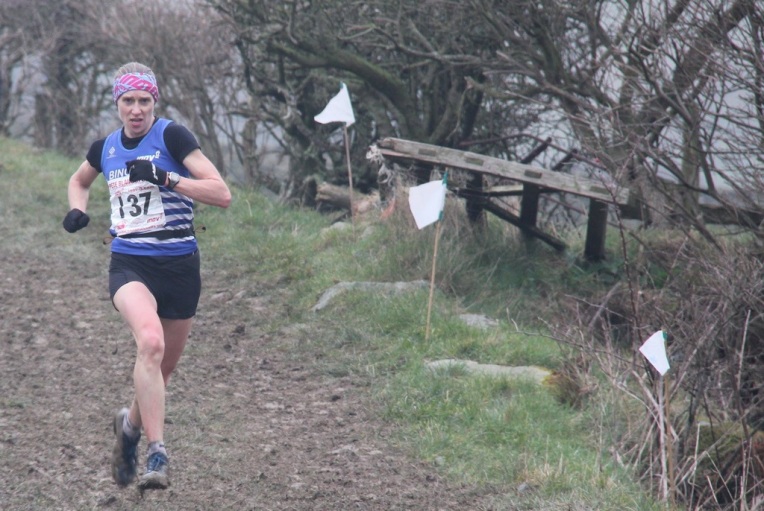 Pictured above: Record breaker Victoria Wilkinson storming towards the finish (Photo credit to
Pictured above: Record breaker Victoria Wilkinson storming towards the finish (Photo credit to 



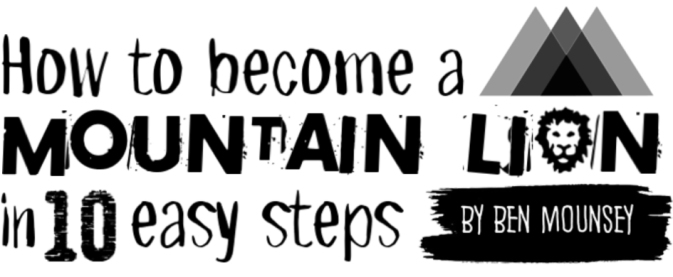





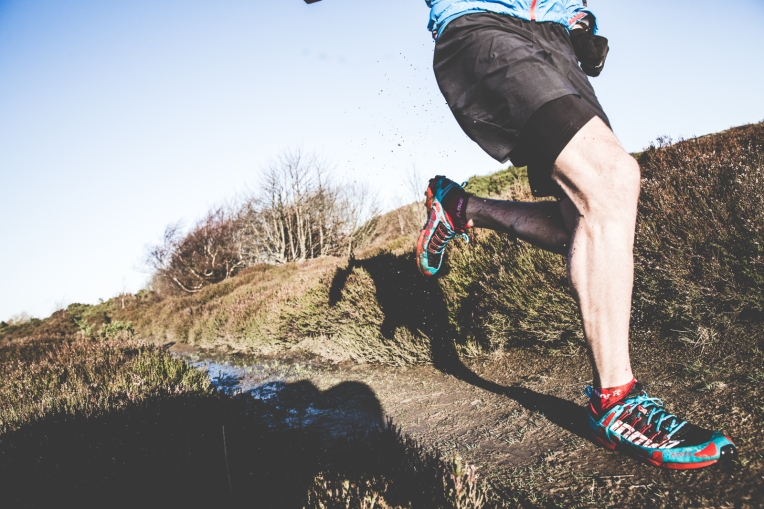

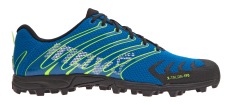

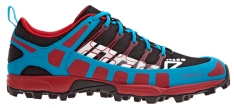
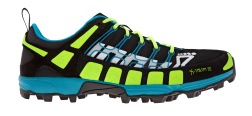
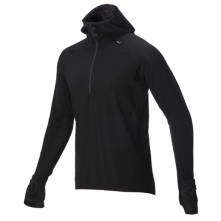

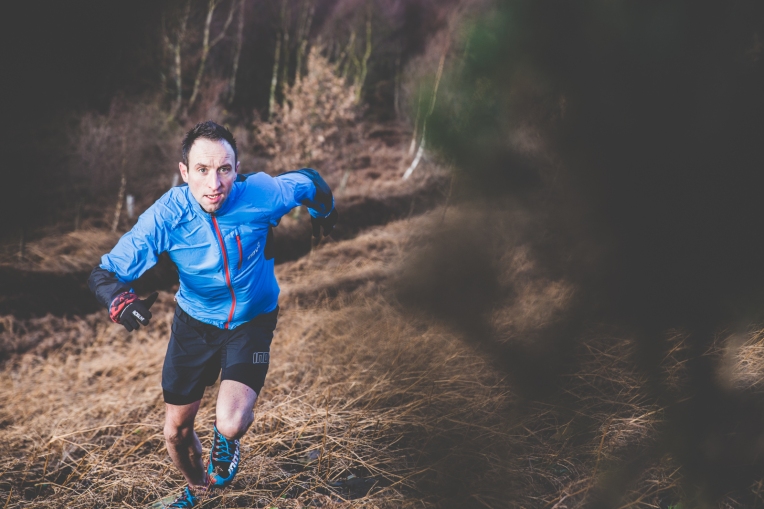













 Pictured above: The ‘stunning view’ from the top of Black Combe. If you look closely you can see the coast of Ireland 😉
Pictured above: The ‘stunning view’ from the top of Black Combe. If you look closely you can see the coast of Ireland 😉